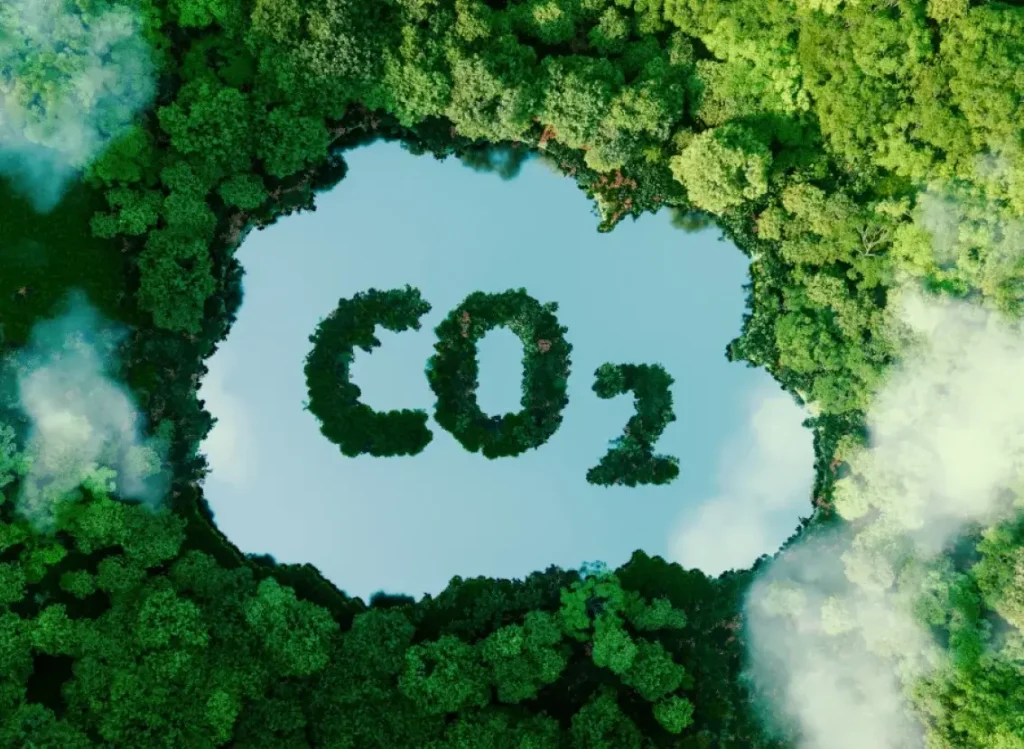Types of Environmental Impacts
There are up to seven different types of environmental impacts:
- Positive or negative
- Reversible or irreversible
- Direct or indirect
- Accumulative or synergistic
- Current or potential
- Temporary or permanent
- Local or widespread
Negative environmental impacts are directly related to human activities and how natural resources are exploited. The extraction and use of resources such as raw materials or fossil fuels entail risks such as pollution, deforestation, or loss of biodiversity:
- Environmental pollution (of the atmosphere, water, soil, acoustic, luminous…): Misuse of available resources generates the presence of harmful components for living beings that affect human health and the planet.
- Deforestation: The removal of vegetation causes changes in the climate that eventually turn the soil into infertile land, harming the habitat of the area, flora, and fauna.
- Loss of biodiversity: Overexploitation of natural resources leads to the impoverishment of ecosystems. Consequently, the habitat is affected, leading to the extinction of some species.
How is environmental impact measured?
Human well-being is directly related to environmental sustainability. This fact demonstrates the importance of measuring the effects of human activity on the environment. According to certain indicators of sustainable development, the Environmental Impact Assessment (EIA) has been created to measure the consequences of our activity in the ecosystem.
Currently, more than 100 countries are obligated to properly assess the impacts that any project may have on the environment and people.
How to generate a positive environmental impact?
According to the “2020 Global Consumer Study” conducted by IBM and the National Retail Federation, there is a trend among consumers for brands that generate a positive environmental impact. Nearly 70% of users would be willing to pay more for a sustainable product. And 57% would change their habits to achieve responsible consumption.
This represents a competitive advantage for companies and professionals working in a production model that favors the transition to a sustainable business model. With the aim of accelerating this transition, the UN introduced the 17 Sustainable Development Goals (SDGs), which can serve as a guide for those seeking to generate this positive environmental impact.
Here are 4 real examples of how you can have a positive impact on the environment and help mitigate climate change today:
- Reduce your environmental footprint. Measure your environmental impact and define reduction and carbon neutrality goals.
- Use clean energy. Develop and implement an efficient energy system that has minimal or zero ecological impact on the environment during its extraction and generation processes.
- Promote the circular economy. Reusing, repairing, and recycling existing materials and products allows extending the life cycle of products, optimizing the extraction and use of natural resources.
- Environmental education. Companies and institutions have a responsibility to raise awareness about environmental issues and provide tools for making decisions and adopting responsible measures for the environment.
Individual action is key to combating climate change, but it is not enough. Generate a positive impact considering triple impact results, environmental, social and economic, in your decisions.


